Digitip 014 – Adobe InDesign 2
Rather than having to use the duotone image mode in Photoshop (using a flat tint “curve” for the tint colour), there is a simple trick in InDesign, that allows you to overprint greyscale images onto flat-tinted backgrounds. You can use one of two methods. The first method is a more conventional one, and requires creation of two frames, the second method works with a single frame and is a bit more tricky.
Method 1 – Two separate frames
Start by creating a frame with a flat tinted coloured background. Then place the greyscale image (Adobe Photoshop .psd file) as a separate object above the first frame.

Select the top frame and set the blending mode to “Multiply”. The image will now “overprint” over the coloured background. The colour separations will appear as follows:
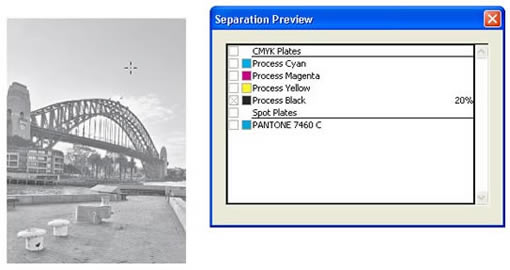
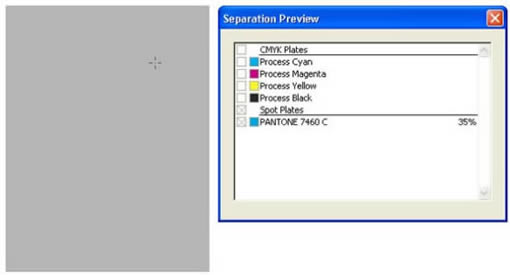
Method 2 – Using a “fake” gradient in single frame
This method is a bit more tricky, but seems to work well and uses a single frame. Start by placing the image, then select the frame.
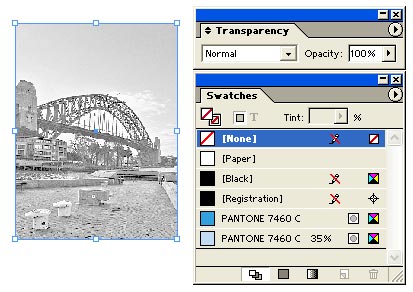
Next, apply a gradient to the frame. Run the gradient from colour “A” to colour “A” (simulating a flat tint).
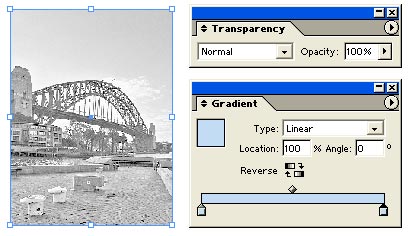
Next, select the image (direct selection tool), and do one of two things.
a) in the attributes palette set the fill colour to “Overprint Fill”

b) in the transparency palette set the blending mode to “Multiply”.
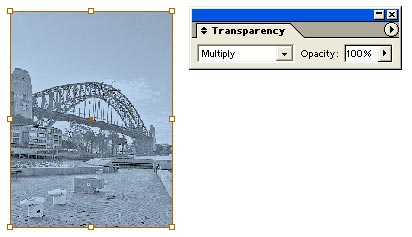
Assure that “overprint preview” is enabled in InDesign for a WISYWIG preview.
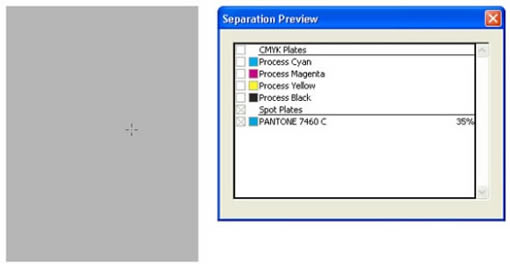
The separation view will correctly overprint the greyscale image in both option a) and b). Please note that this second method only seems to work with gradients, and not on real flat-tints.
If you’ve discovered an additional technique, send me an e-mail and I’ll add it to this tips page.
—
Thanks to Scott for posting this question on prepressforums.com and giving me the idea to add this tip.
Leave a Reply